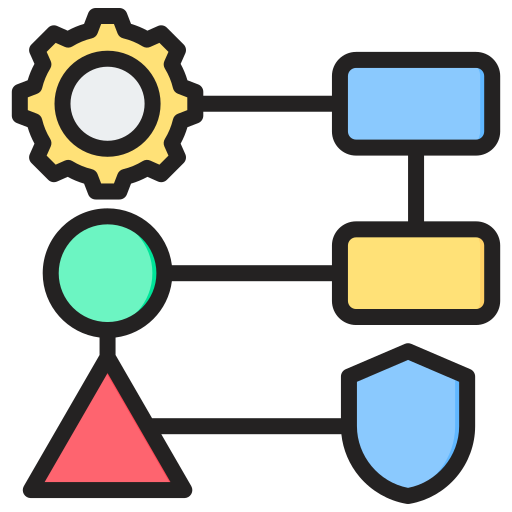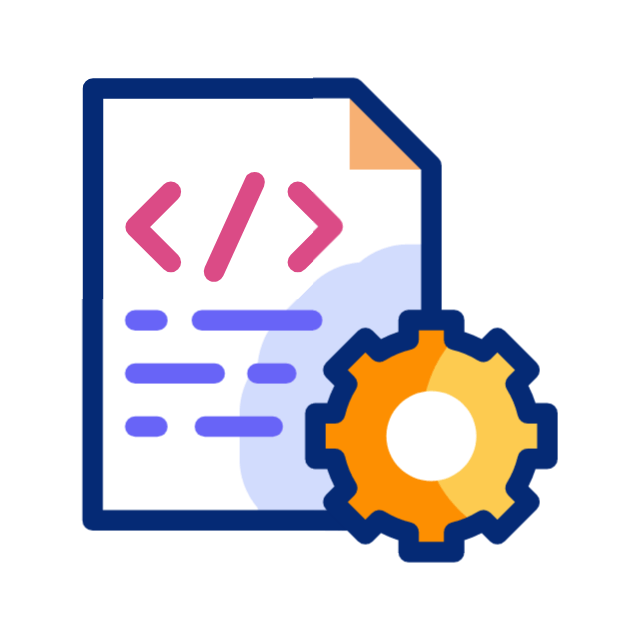What is Source Code Review?
Methodology

Preparation and planning
Defining the scope, objectives, and resources for the code review process. This includes selecting the codebase to be reviewed, setting timelines, and assembling a team with the necessary expertise.

Understanding The Architecture and Design
Gaining a thorough understanding of the application's architecture and design to comprehend how different components interact. This step helps reviewers focus on critical areas that could affect the overall security and functionality.

Threat Modelling
Identifying potential threats and attack vectors relevant to the application. This involves analyzing the application from an attacker’s perspective to understand how vulnerabilities could be exploited.

Understanding Business Logic
Reviewing the application's business logic to ensure it aligns with intended workflows and security policies. This step ensures that the application’s logic correctly implements business rules without introducing vulnerabilities.

Generating Code Documentation
Creating or updating documentation to accurately describe the code's functionality, architecture, and design. This helps in understanding the codebase and serves as a reference during the review process.

Reporting
Compiling a comprehensive report that details the findings of the code review, including identified vulnerabilities, their potential impact, and recommendations for remediation. The report also includes an executive summary, code documentation, and actionable insights for developers and stakeholders to improve the code's security and quality.

